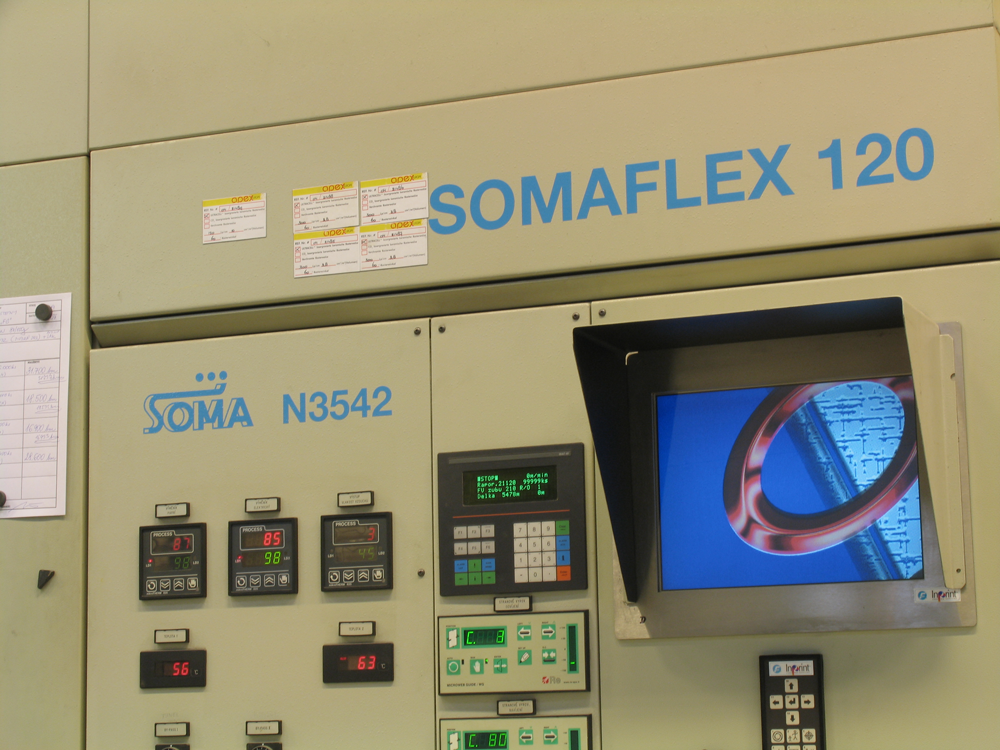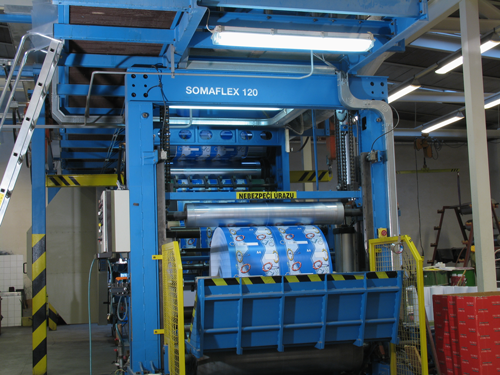Flexographic printing: the right choice for awesome labels and packaging with your logo
Opt for flexographic printing when you need labels, newspapers, cardboard or paper bags, and other packaging. It is suitable for high-volume, one-off prints where you do not need perfect details. Flexo printing meets all the functionality requirements, and it will show your customers that you care about good-looking and interesting packaging as well. The advantage of flexo printing is also its really low price.
Flexographic printing is popular for packaging, labels, or newspapers |
|
Favourable price for large high-volume runs |
Ideal for various materials |
| The more you print, the cheaper it gets. |
Flexograhic printing is not only suitable for conventional white paper, but also for recycled paper, cardboard, or plastic foil. |
The cheapest printing for consumer printed materials |
Nature First |
|
Flexographic printing is functional in the first place, and it offers slightly lower quality than offset printing. However, you need the perfect print with perfect details for business cards or wedding invitations. |
In flexographic printing, we use eco-friendly inks that are water-soluble. |
Flexographic printing is ideal if:
- you want to print in one color or multiple colors,
- you need to elevate your company’s branding and you want to go for it through interesting bags and boxes,
- you need to print in bulk and at a good price.
Flexographic printing parameters
| The printed roll is up to 1,200 mm wide |
We can print on materials with the weight from 60 to 350 g/m2. |
|
We cut materials 80 mm wide and wider lengthwise and directly during printing. |
We use eco-friendly inks that are water-soluble. |
Contact us and ask about flexographic printing
Flexographic printing technologyFlexographic printing works on the principle of printing with flexible printing plates that look like a stamp. The ink is transferred from them to the paper. This technique is therefore also called letterpress. Flexo printing was invented by printers at the end of the 18th century and since then it has undergone a great deal of development, not only in the quality of the print – for example, originally poisonous aniline inks were used, which were replaced by non-toxic inks later on. |












